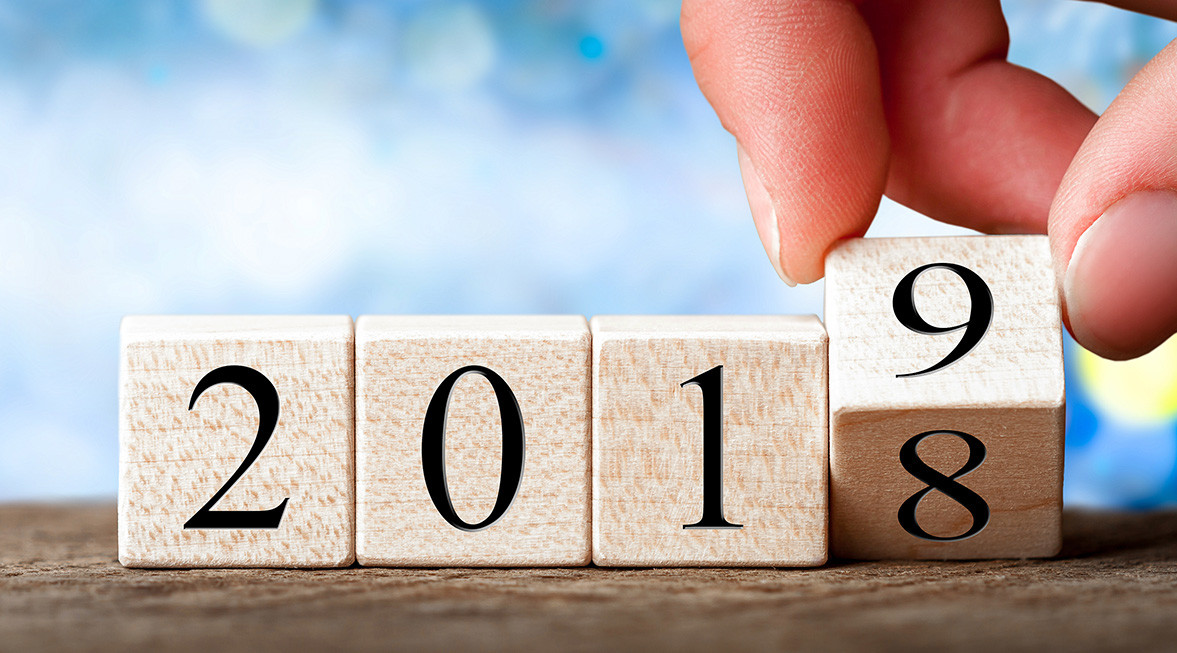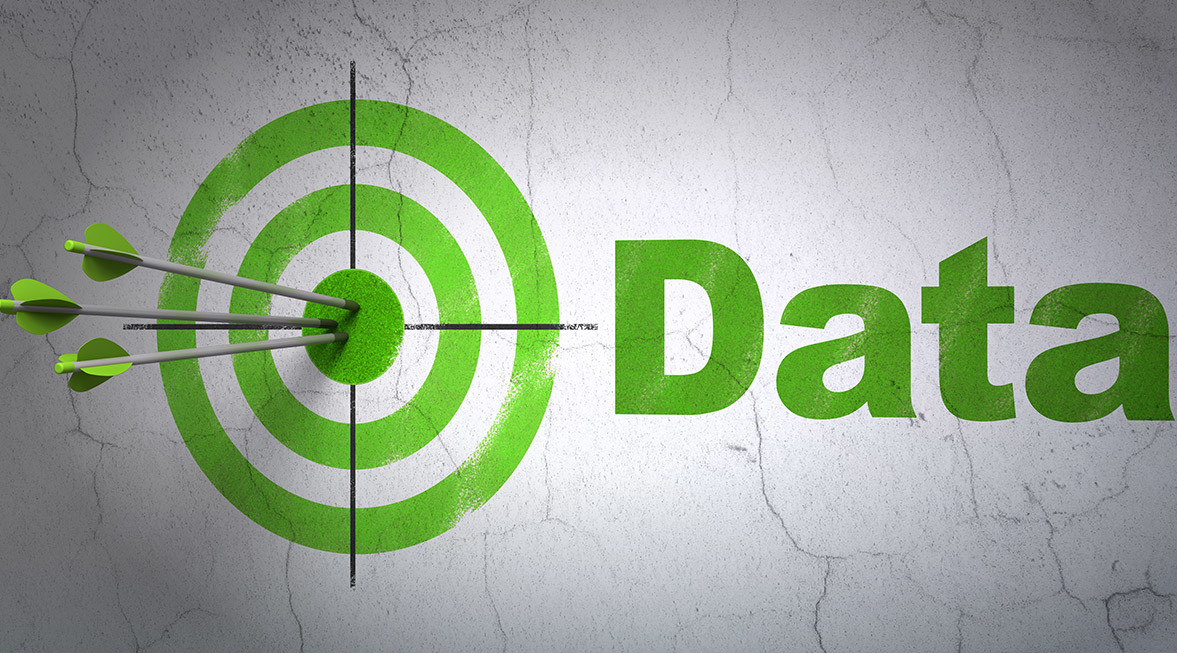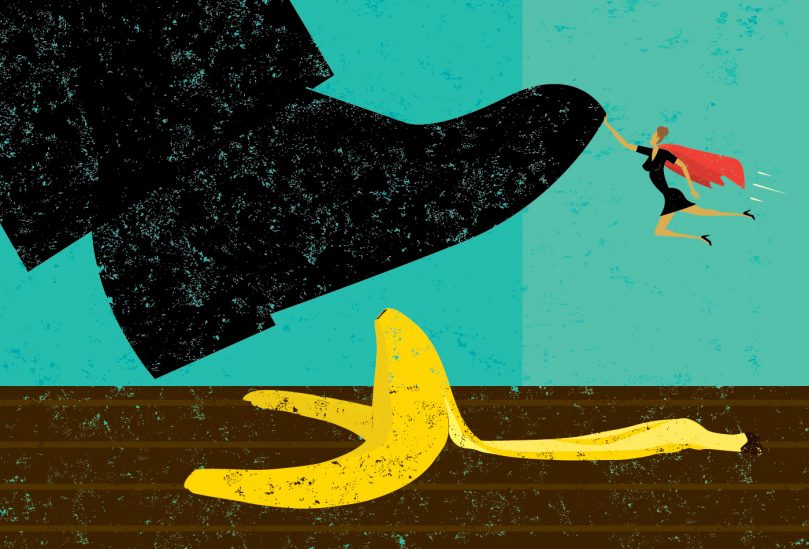
St. Patrick’s Day celebrations show foot traffic in restaurants and bars returning to pre-COVID levels in key US cities
This blog details how the uplift in foot traffic to bars and restaurants this St Patrick’s Day may indicate a return to normality.







